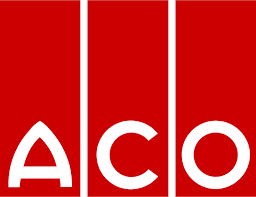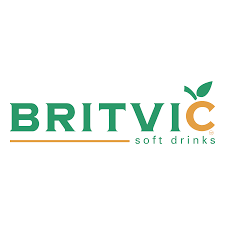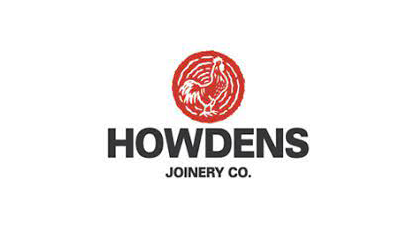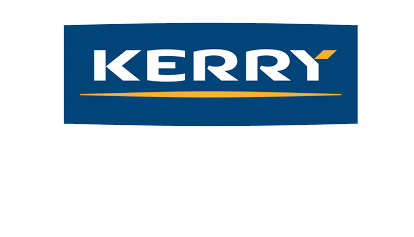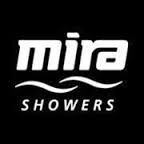
- Details
- Category: Blog
The aim of Digital Transformation is to release the full potential of the enhanced connectivity that investment in Advanced Technology can deliver. Although some benefits will be achieved during the implementation process, this is a journey not a destination.
The real gains come from using the new ecosystem to surface barriers to effectiveness and create slick ways of working that save time and enhance customer value. That includes the use of the 6 real time workflow best practice areas below.
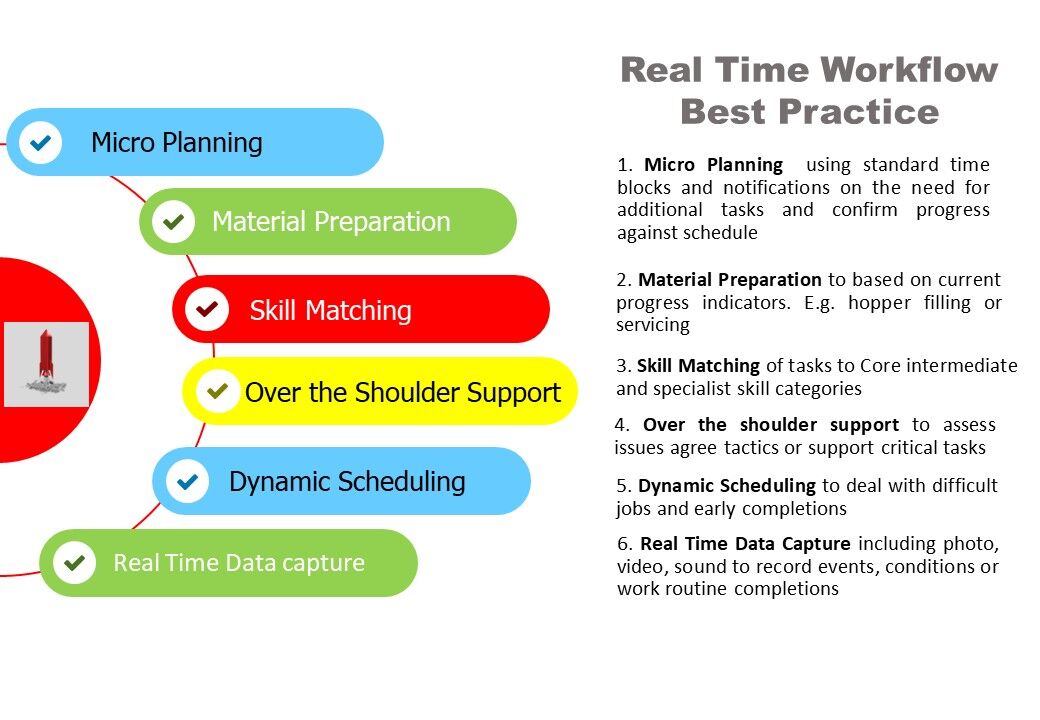
Its not practical to switch from current practices to this new ecosystem as a single hit. It involves changing the way data is used and how work is carried out. The risk of service failure is too high. Also attention needs to be given to formalising new standards, new work routines and developing the capabilities to apply them.
For example Micro Planning relies on Material Supply Processes and Skill Matching using work routines that are granular enough to support Dynamic Scheduling. Other issues include the changes in accountabilities and skills to take advantage of shared workflows which can balance production and maintenance priorities to assure the supply chain resilience to meet true demand with minimum inventory.
In addition, many organisations depend on spreadsheets to provide information in the format it is needed. Tapping into the gains from Real time data involves an different approach but users will need a lot of convincing to ditch these systems which have served them so well in the past. Of course if they don't do that, the gains won't happen.
Finally, the control of real time data updates and management of portable devices involves a lot more rigour than the update of traditional IT systems. Particularly when the ecosystem is being used to try out new ideas and refine ways of working.
Where TPM Fits In
The TPM road map sets out the steps to create Centres of Excellence around every asset. A process that has evolved over more than 50 years. With today's technology those TPM road map steps can be achieved in less time. The road map steps to transition from stable to optimised operations are the same. They include:
- Aligned cross functional priorities to break down functional silos
- Local area ownership of front line processes to capture and share knowledge
- Leaders who coach their teams to improve insight and engage their curiosity about what is possible
- A performance management transition:
- From Managing the past (fix what's broke)
- To Managing the future (the improvement glide path)
Where Systems Fit In
The TPM road map involves a progression from closed systems (where you have to know what is in a system to be able to access it) to open systems (where the information and data needed to do the job is made available where the task is being carried out). Prior to the availability of a digital ecosystem, this was limited to the use of static tools such as visual standards, shadow boards, workplace organisation and standardisation of common work routines across assets.
The table below extends the scope of the progression from a traditional/closed ecosystem (1) to one with Ambient intelligence (5) where technology provides seamless dynamic support to make the task in hand easy to do right, difficult to do wrong an simple to learn.
Use these benchmarks or similar to evaluate work routines to enhance the steps of the TPM road map and create a TPM Digital Transformation. This also supports the use of of non technical solutions such as visual management and workplace organisation alongside the improved connectivity gains that technology can provide.
| Ecosystem capability | 1 Closed System | 2 | 3 Open System | 4 | 5 Ambient System |
|
Embedded, Seamless use of technology |
Closed system need to know where data us | Find within information needed within 3 clicks | Open system/ single click transaction | Seamless completion of transaction | Suggestions to refine transaction process |
|
Contextual Provides what you need when you need it. |
Generic SOP's and work standards. | Supports working planning | Updates workflow automatically at end of task | Updates workflow real time | Confirms task completed correctly |
|
Personalisation Works the way I do |
Standard form at for Information | Information provided by skill group | Information provision by experience level | Allows personal preference | Learns personal preference |
|
Adaptive Can handle a range of situations |
Data categorised by task | Data categorised to by task complexity | Confirms/warns re change in circumstances | Offers alternative solutions e.g. over the shoulder support | Guides issue resolution. |
|
Anticipatory Can recognise patterns to help me do the job better |
Information sources provided | Suggests additional steps | Early warning/ confirmation of goals | Forecasts future results | Learns based on achieved outcomes |
Table 1: Shop Floor Ecosystem Maturity Benchmarks
For those who want to find out more, check out our half day on line training workshop TPM Levers to Advanced Technology Gains.
This provides delegates with a "how to guide" to multiply the gains from advanced technology by using the improved connectivity it provides to transform the reality of day-to-day operations.
Find out more here or contact us to discuss how we can help to accelerate the gains from your programme

